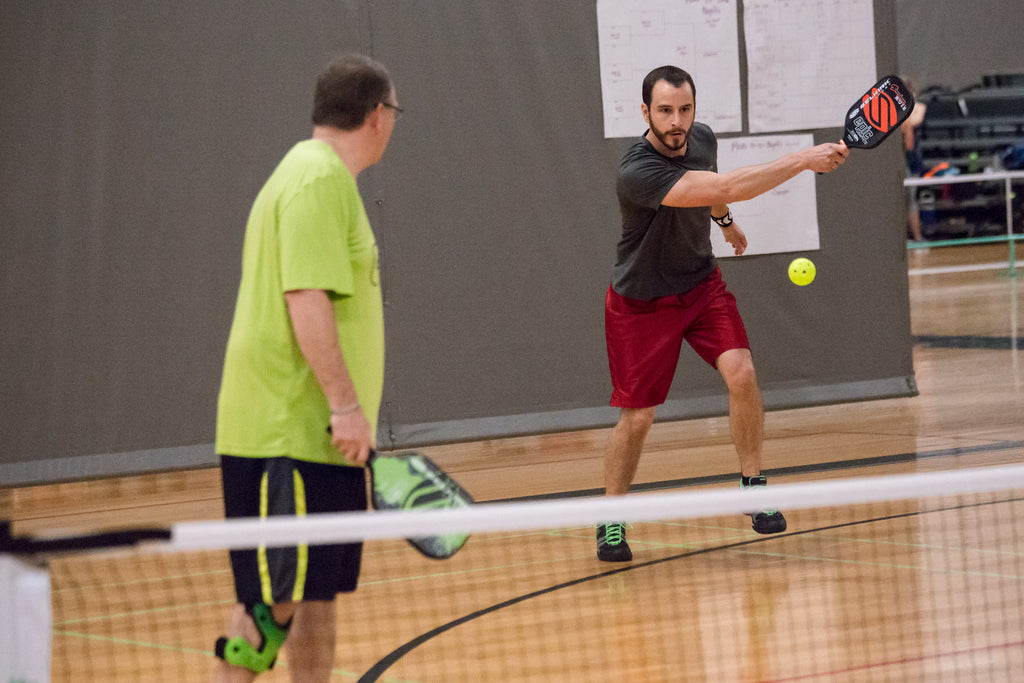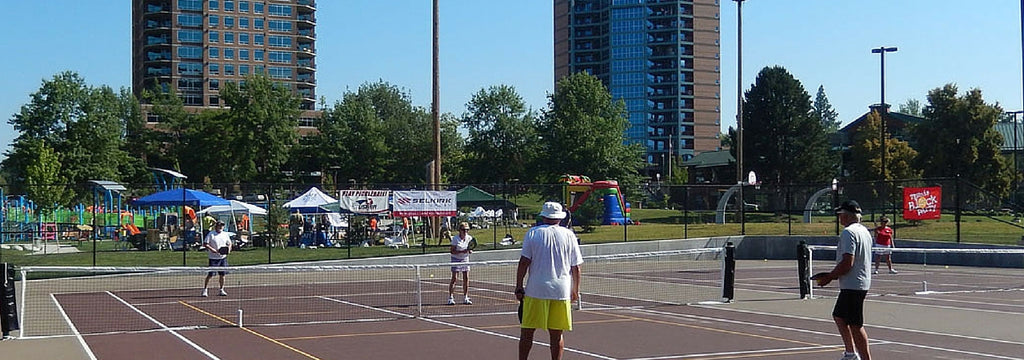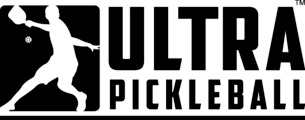Pickleball Rules

Basic Rules Of Pickleball
If you are just starting out, you need to learn the basic rules of Pickleball. The basic rules are quite simple, which is why the game offers tons of fun. The rules are so simple that you can get started straight away. Let's go ahead and take a look at the primary rules of the game.
Pickleball History
Pickleball is a game that allows all members of a family to participate in the game. Many of the rules come from badminton, ping pong, and tennis. The rules were introduced by the International Federation of Pickleball.
The Two Bounce Rule
You must bounce the ball twice (once on either side) before you and the other player hit the ball on the "volley" or in the air. When served, the ball bounces in the service court of the receiver. The serving team has to wait until the ball bounces again before they play the ball in the air.
The Non-Volley Zone Faults
The non-volley zone measures 7' X 20' feet on either side of the net. The player has to stay away from the net when playing. No player can step into or on the NV-zone or NV-line. Similarly, you can't drop any of your stuff in the zone or it will be considered a fault. Remember: this rule applies only when you are hitting the ball in the air or volleying the ball.
Points
Typically, this game is played to 11 points. The winner must score another 2 points or they will continue playing until one of the teams wins by 2 points.
In case of a tournament, you can play the game to 15 or 21 points. Unlike badminton or tennis, the rules allow the serving team to win a point. On the other hand, the receiving team members have to get the side down and get the serve back prior to scoring points.
So, you get a point when your opponent commits a fault. You can read about the faults below.

Scoring
In pickleball, beginners find it confusing to score points. The first rule is that only the server can announce the score. You can't start unless you are on the right side of the serving side. You are the server #1 for only this sequences. Later on, your partner may take your position to begin and they get the tag of server #1. Keep in mind that you, the server, will lose your service if you get even one fault.
Serving
In the start of the game, both the teams can choose to play for serve thrice over the net before the ball is in play. Oftentimes, this rule helps players avoid blow out games and none of the teams get too many scores to start.
Also, the server announces 0, 0, 2 when making the first serve. The points are 0,0, and since the team only gets one serve, the number of the server is 2. And when the sides are switched, the other side gets two serves and the game continues until 11 points are scored.
The server should serve underhand touching the ball from below his waist. Also, the top of the paddle face should be under the wrist. The feet of the server should be behind the line of service when the ball comes in contact. The ball should be served to the opposite side diagonally in the service area. Also, the ball should not hit the non-volley zone or line. If the serve lands in the service area, it is known as a "let", which is reserved. The server should ensure all of the players are all set before serving the ball.
If you receive the server but your fellow player is not prepared, you can hold up your paddle or hand. If the server still serves you, don't swing and ask for a "let" since you were not prepared. If you return the ball, the point stands.
Calling Lines
Like other racquet sports, Pickleball depends on the players' integrity. According to the rule of etiquette, players should be honest when calling the lines. Players call the line on their respective sides. If they are asked, they can make a call on the opponent's side as well.
If a team is unable to decide on a line call, the opponent will get the advantage of it. If an opponent is asked for an opinion, the decision is finalized.
Pickleball Faults
When a fault is committed, either a serve is lost or a point is earned. Keep in mind that only the serving team can score a point just like in volleyball. When the ball hits the non-volley line, for instance, a fault occurs. If the ball goes in the wrong court, it is a fault.
If you step on the non-volley line or in the non-volley court, a fault occurs. Similarly, if the ball hits the net or pole, it's considered a fault.
When a ball hits beyond the boundary line, it's considered a fault. If it hits a player, a fault happens. On the serve, if the ball touches the opponent or the wrong court or is caught by the opponent, the fault will be on the receiving team.
If a pickleball is crossing the boundaries, the other player is not supposed to catch it. They can catch it only if it bounces first. A hand jester can be made to indicate an out ball. However, it should be done without wasting time.
If you fail to hit the ball even when it bounces twice, it's is considered a fault. On the other hand, if you hit the ball twice with your paddle, it won't be taken as a fault. If the ball touches any area of your paddle, It's legal.
If the ball touches a player or their clothing while they are on or off the court, it's a fault and the point will go to the opponent.
- J Paul


Comments 0